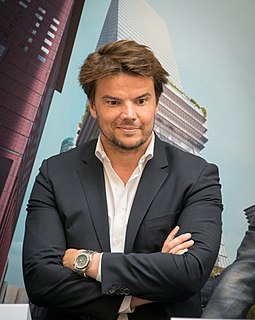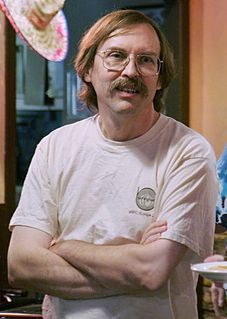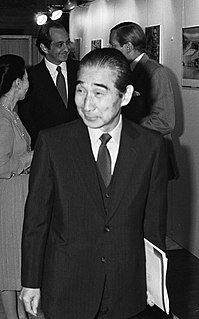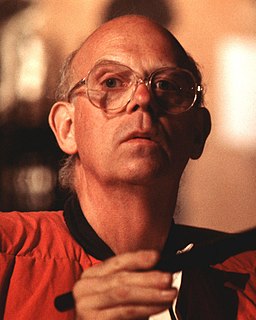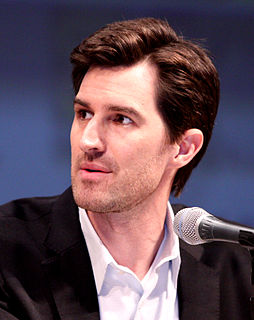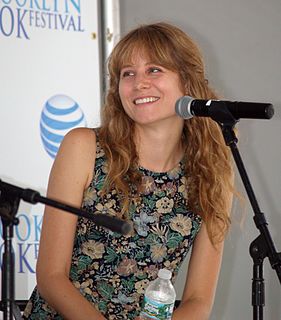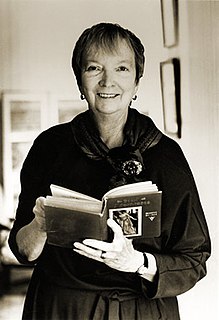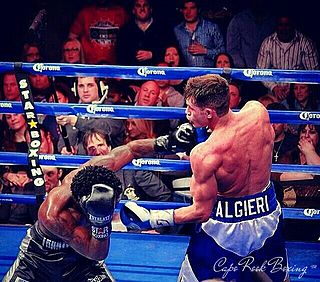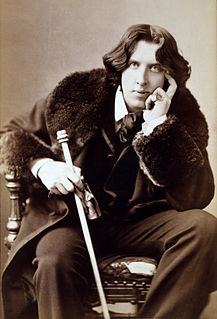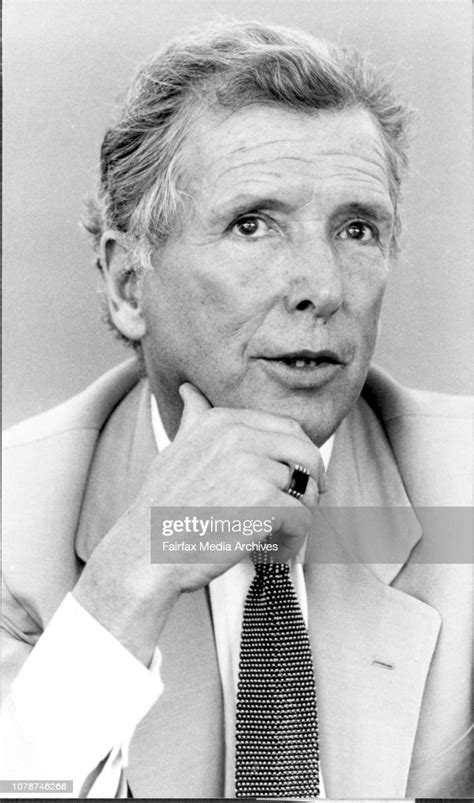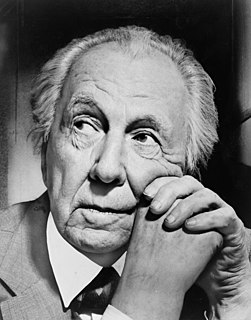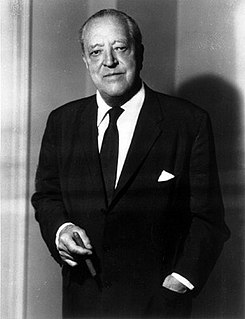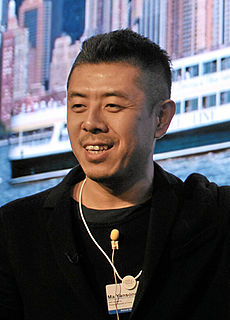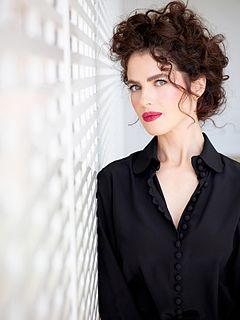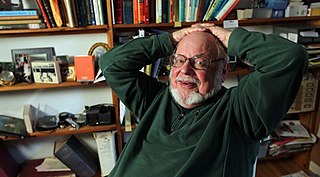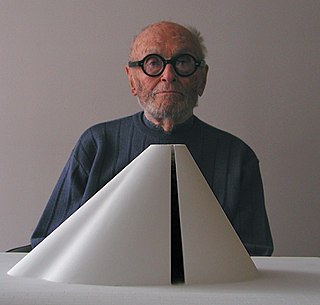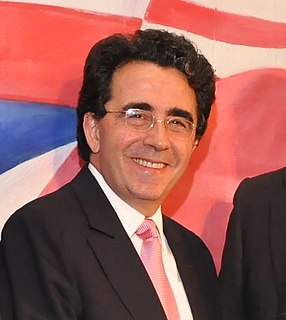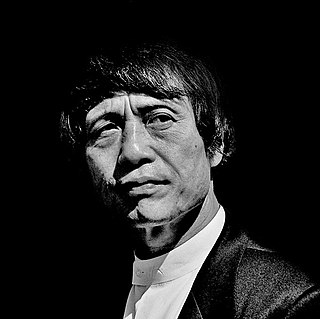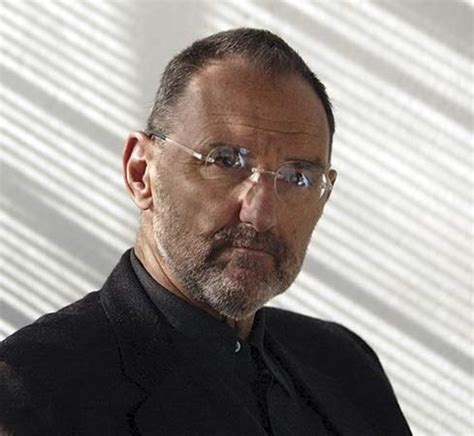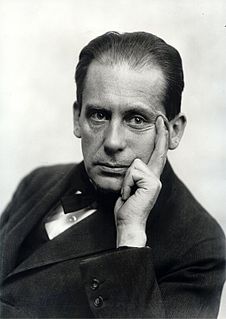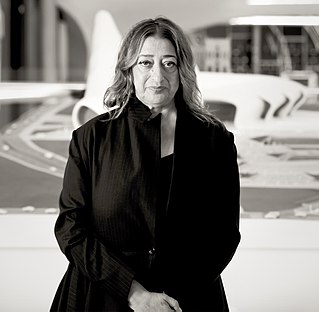A Quote by Bjarke Ingels
The 'International Style of Modernism' came with the advent of building services. In the end, the architecture became like a container space, essentially like a boring box with a basement full of machinery to make it inhabitable. As a result, buildings literally started to look identical all over the planet.
Related Quotes
When I started studying architecture, people would say, you know, 'Can you tell me why are all modern buildings so boring?' Because, like, people had this idea that in the good old days, architecture had, like, ornament and little towers and spires and gargoyles, and today, it just becomes very practical.
When we started out, we were among the first. Beijing had no and Shanghai had very few large buildings. At that time, it was all about building, building, building - and then selling, selling, selling. We were working like a manufacturer. Soon, however, we realized that land was running out in Beijing and Shanghai. So we started keeping our buildings, and managing and renting them out. We became landowners. That was the second act.
When I was in architecture school, rather than giving us drafting boards and t-squares and lead pencils and stuff they gave us all the same tools that places like Digital Domain and ILM used to make features films or special effects. They gave us all these digital tools like Alias and Mya and Soft Image and all these kind of high-end computers, so I came out of architecture school knowing how to use all that stuff. And I started making short films at night.
For early plays of mine, I started with character. But I think that's because I hadn't been in theaters; I hadn't worked that much. I'm very interested in character, obviously, but once I started having my plays produced, I became so fascinated by the theatrical experiment and the weirdness of theatrical space, so now all my plays start with space and stage picture and setting - or container is maybe the better way to put it.
As the skipping rope hit the pavement, so did the ball. As the rope curved over the head of the jumping child, the child with the ball caught the ball. Down came the ropes. Down came the balls. Over and over again. Up. Down. All in rhythm. All identical. Like the houses. Like the paths. Like the flowers
I was transformed by picking up a pair of binoculars and looking up, and that's hard to do for a city kid because when you look up you just see buildings - and really, your first thought is to look in people's windows. So to look out of the space - out of living space - and look up to the sky, binoculars go far, literally and figuratively.
It is possible to make buildings by stringing together patterns, in a rather loose way. A building made like this, is an assembly of patterns. It is not dense. It is not profound. But it is also possible to put patterns together in such a way that many patterns overlap in the same physical space: the building is very dense; it has many meanings captured in a small space; and through this density, it becomes profound.
The last thing a young artist should do in poetry or any other field is think about what's in style, what's current, what are the trends. Think instead of what you like to read, what do you admire, what you like to listen to in music. What do you like to look at in architecture? Try to make a poem that has some of those qualities.
Your machinery is beautiful. Your society people have apologized to me for the envious ridicule with which your newspapers have referred to me. Your newspapers are comic but never amusing. Your Water Tower is a castellated monstrosity with pepperboxes stuck all over it. I am amazed that any people could so abuse Gothic art and make a structure not like a water tower but like a tower of a medieval castle. It should be torn down. It is a shame to spend so much money on buildings with such an unsatisfactory result. Your city looks positively dreary.
